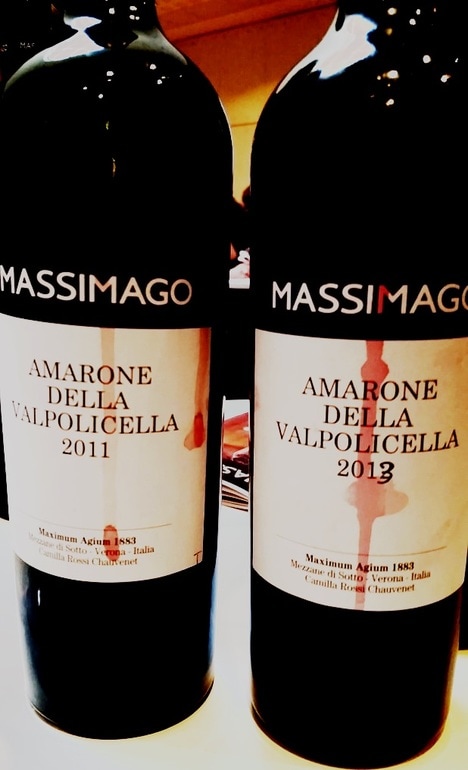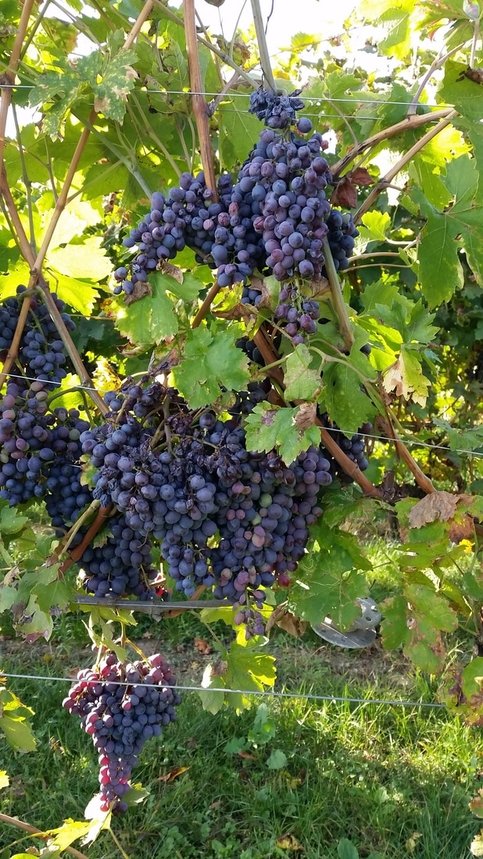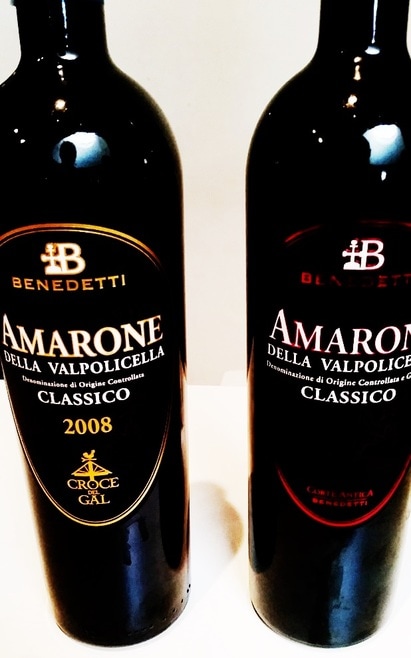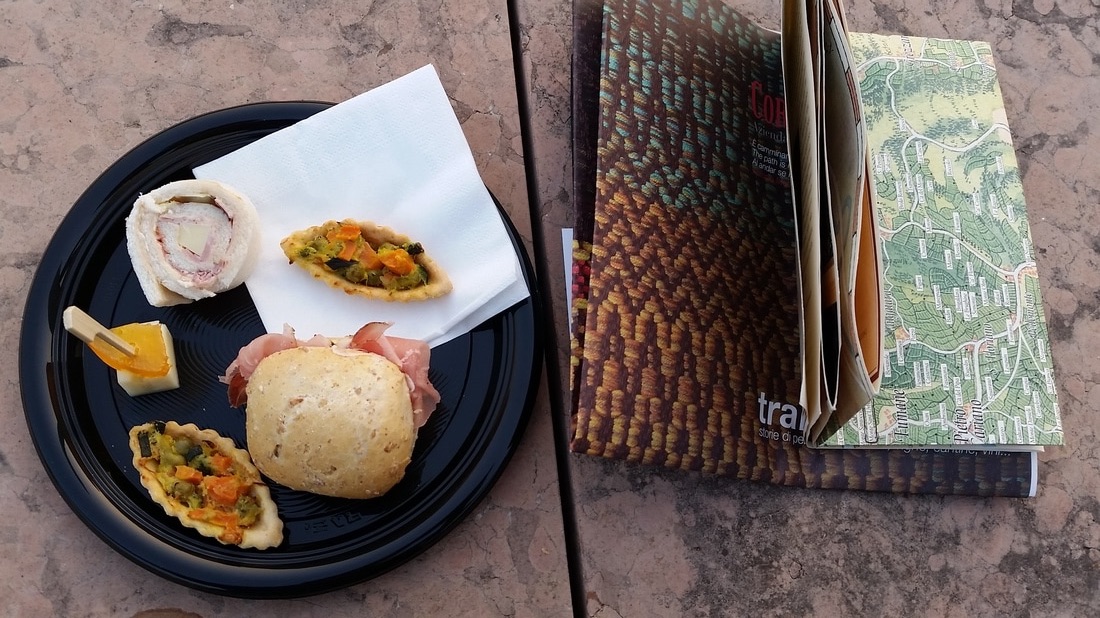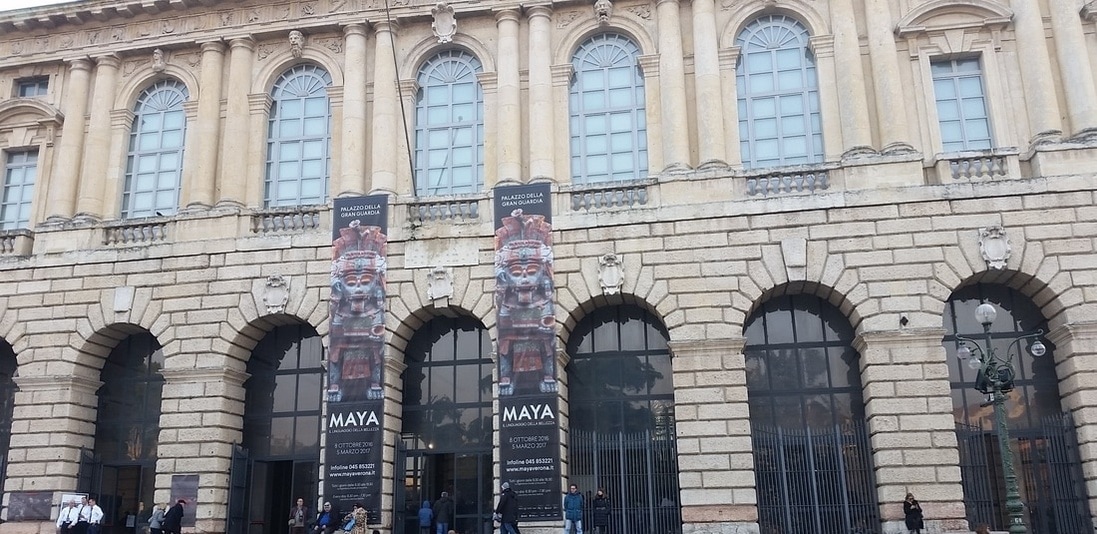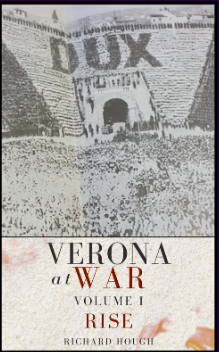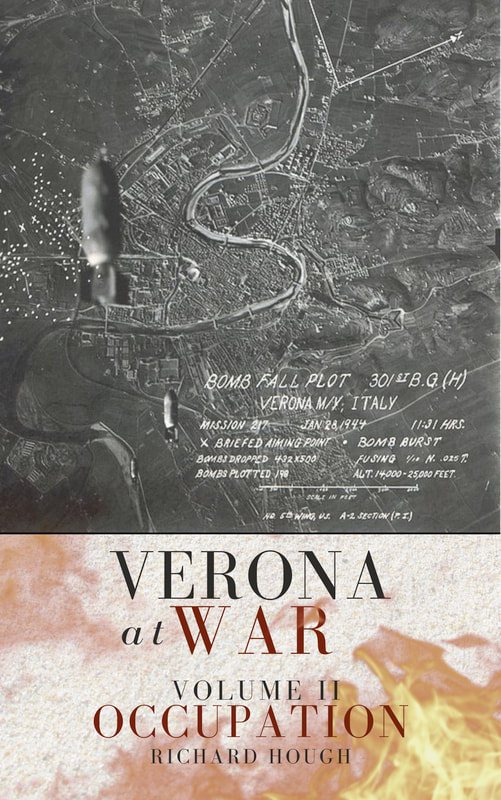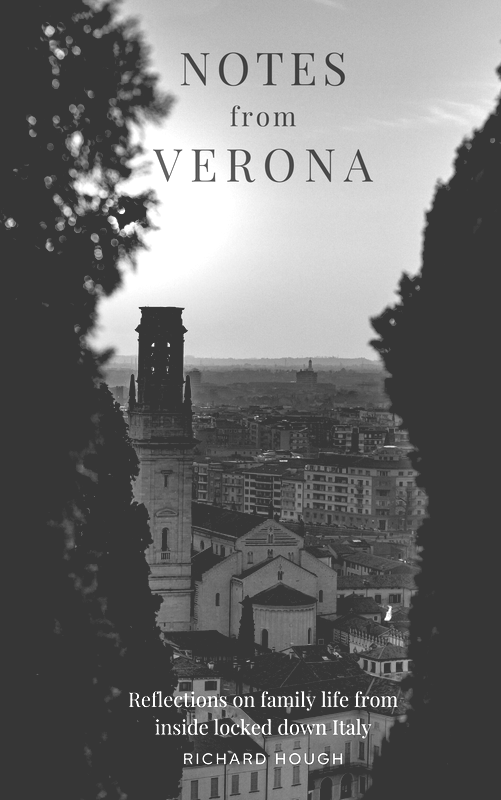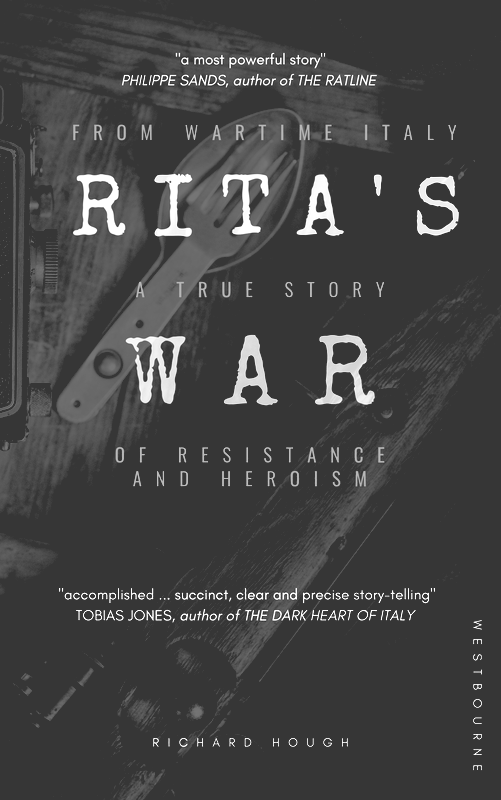|
Anteprima Amarone is a 3-day wine festival held annually in Palazzo della Gran Guardia in Verona's famous Piazza Bra. The event provides an opportunity to enjoy a sneak preview of the region's latest vintage before it hits the market, as well as a selection of earlier Amarone vintages.
Organised and promoted by the Consorzio per la Tutela dei vini Valpolicella, over 70 cantinas are present. For the very reasonable entry price of €30, you can sample as many wines as you like. The entrance fee also includes a tasty selection of local sweet and savoury snacks. Equipped with a glass, a map of the famous wine growing region and a steely resolve, I bravely enter the fray.
The territory - Valpolicella
Valpolicella (the latin translation is said to be "valleys with many cellars") is a semi-rural area to the north of Verona. The region extends from the shores of Lake Garda in the west to the Lessini Mountains in the north, beyond which lie the Eastern Alps. The area is heavily cultivated, with most farm land dedicated to wine production. A fan-shaped landscape, with a series of valleys that emanate from the city itself, they open outwards as they extend north. These gentle hills, the fertile soil and a particular microclimate, provide the perfect conditions for wine production. Many of the vineyards in Valpolicella are small family run affairs, for whom sustainable and environmentally-friendly production techniques are a long-standing way-of-life, rather than simply just a modern marketing fad.
The wine - Amarone della Valpolicella
Amarone is widely regarded as one of the best and most important Italian red wines. Although production has expanded significantly since the mid-1990s, limits on overall production capacity mean that ordering a bottle of Amarone should never become a routine matter of course. Amarone originated from the ancient Recioto, (a sweet velvety wine) and was originally known as "Acinatico", in recognition of its dry, bitter taste. Amarone itself was first bottled in the early 20th century for family use or for sharing with friends; it was only put on the market the years after the second world war. In 1968 it received the controlled designation of origin (DOC). Some of the cantinas that produce Amarone have been making wine in Valpolicella for centuries, others, are relative newcomers, having been established in the last 20 years.
Production
Amarone production requires the very best quality grapes and attentive, hands on, care. Depending on local climatic conditions, the grapes are generally harvested towards the end of September or the beginning of October. Once harvested, they are carefully laid out in wooden or plastic crates or on bamboo fruit drying racks. In order to allow the air to freely circulate and to avoid crushing, the fruit is laid in a single layer. The racks are then moved to the grape-drying building known as the fruttaio. In order to survive this delicate drying phase, the grapes must be perfectly healthy and ripe. The grapes remain here for three-four months until they lose at least half of their weight and reach a concentration of sugars equal to 25-30%. They are kept under constant control and the bunches are turned regularly to avoid rot or mould forming. When the drying process is over, the grapes are crushed. The crushing generally occurs in January and February, when the temperatures are low. Maturation takes places in wooden barrels ranging from big Slavonian oak casks to small French barriques. Remarkably, some of these casks have now found there way to the Scottish Island of Arran, where they are used to mature a unique malt whisky. You can read about that here. After maturation the wine is finally bottled. About 6 out of every 10 bottles of Amarone are exported. The USA and Canada are the biggest export markets. Switzerland, Sweden and Germany are also popular export destinations.
The 2013 vintage
Although it seems to have been a tough year for the local winemakers, the 2013 vintage is considered to be of medium to high quality, offering wines of high color intensity, rich nose and taste, with significant alcohol that blends harmoniously with the acidity and body. Generalisations are difficult, however, and I was genuinely surprised at how different each Amarone tasted. From robust and full bodied, to light and watery. Some were extraordinarily fruity while others were spicy, caramel flavoured and even medicinal. With over 70 wines to choose from, you could quite happily spent the entire day at the fair. I limited myself to sampling around a dozen. There can't be many better ways to spend a Sunday afternoon! |
AboutRichard Hough writes about history, football, wine, whisky, culture + travel and is currently working on a trilogy about wartime Verona.
|
